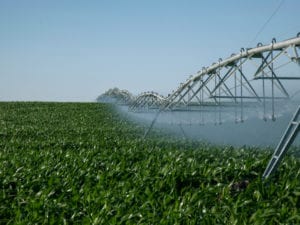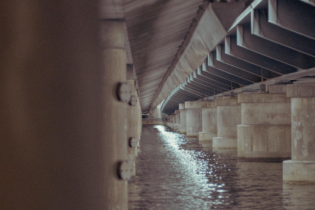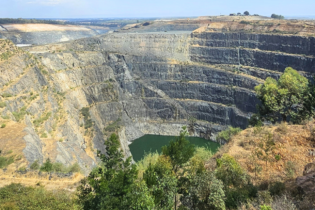A water lobbyist and originator for water deals, Redeem Ngadze from Nedbank, talks to Water & Sanitation Africa about the funding of water projects.
What is your role in Nedbank? RN As part of a team, I help to create an environment that is conducive to the roll-out of water projects.A few years ago, while all eyes were focused on energy issues, the Nedbank board had the foresight to prioritise water as a key factor to achieve sustainable economic development. As a result, I was appointed to interact with stakeholders in both the public and private sector in the water industry and create a solutions-oriented approach for the bank. There is a need to coordinate roles and expectations between private and public stakeholders, but there is a universal agreement that we are facing a water crisis requiring that we collaborate to ensure survival. How do you make water a more attractive investment opportunity? There is no simple answer to this. Water is not just a resource; it’s central to human dignity and is a basic human right. It’s also an economic enabler. This makes the financing of water projects terribly important, but also very complicated. Legislation, politics and funding need to be synchronised and work in tandem. The water sector is largely comprised of municipal-owned and -run infrastructure such as treatment plants; however, not all municipalities have a credit rating or palatable risk profile that is sufficient to sustain a loan in the eyes of commercial banks. There are, however, examples where financial resources were easily made available for water treatment plants such as Siza and Mbombela (both in which Nedbank is invested) thanks to financial structuring. How do you make water projects bankable? There is more than enough money to finance water projects, but very few water projects are currently prepared to bankability. Projects are seldom sufficiently developed to meet funding requirements. Each project presents its own circumstances, which inform how bankability can be achieved for that particular project. There certainly is not a ‘one size fits all’ approach. Some of the factors to be considered in terms of making water projects bankable include environmental considerations and community concerns. If there is no community buy-in, there will likely be discord. If the water is in an indigent community, subsidisation needs to be a consideration, which means that there must be some creditworthy off-takers to anchor revenue streams for debt service. The project must be structured to show full visibility and robustness of cash flows and the availability of equity for investment by project sponsors. A single funder will unlikely finance an entire project, especially utility-scale projects. There may be a need for a payment guarantee to give lenders comfort. The structuring of water projects should be well thought through, with no ambiguity. Operational costs of the water project (like staff, maintenance and replacement of equipment parts) need to be included in the water project proposal – this is because the money made after the operational costs of a water project will repay debt. A bankable project is also one that meets all necessary approvals, such as environmental impact assessments and the necessary licensing, among others. Must water subsidy and tariff structures be revisited? With the energy sector, the National Energy Regulator of South Africa regulates the price of energy – resulting in the predictable pricing of energy tariffs for funders. The water sector does not have a distinct or independent regulator, and the result is that water charges vary across South Africa. The pricing and pricing expectations of water are a key concern when financing a water project. Comparatively, water prices in European countries are higher than our local water prices. But because access to water is a human right, it’s a difficult balancing act to achieve because water must be priced without impeding people’s right to access it. These factors need to be weighed in with the need for pricing to be cost-reflective for the service to be rendered in an economically viable manner. The subsidy in water is an unavoidable fact given the inequality existing in our society. To incentivise efficient use, tariffs are largely tiered. But, there is generally poor water literacy in South Africa. People do not know how much water they use or what they pay for it. Improved water literacy concerning its scarcity and cost would generally improve efficient usage. When evaluating the risk of a water project, what factors are considered? This will vary from project to project but a bank will generally look at the following (not exhaustive):
- technology choices
- track record of the project sponsors
- the provisions of the offtake agreement and other contracting
- equity funding and financial strength of the sponsors
- compliance with the relevant legislation
- available security (including payment guarantee where required)
- the robustness of revenue streams
- government support, which allows for competitive pricing as the project then assumes government risk.








